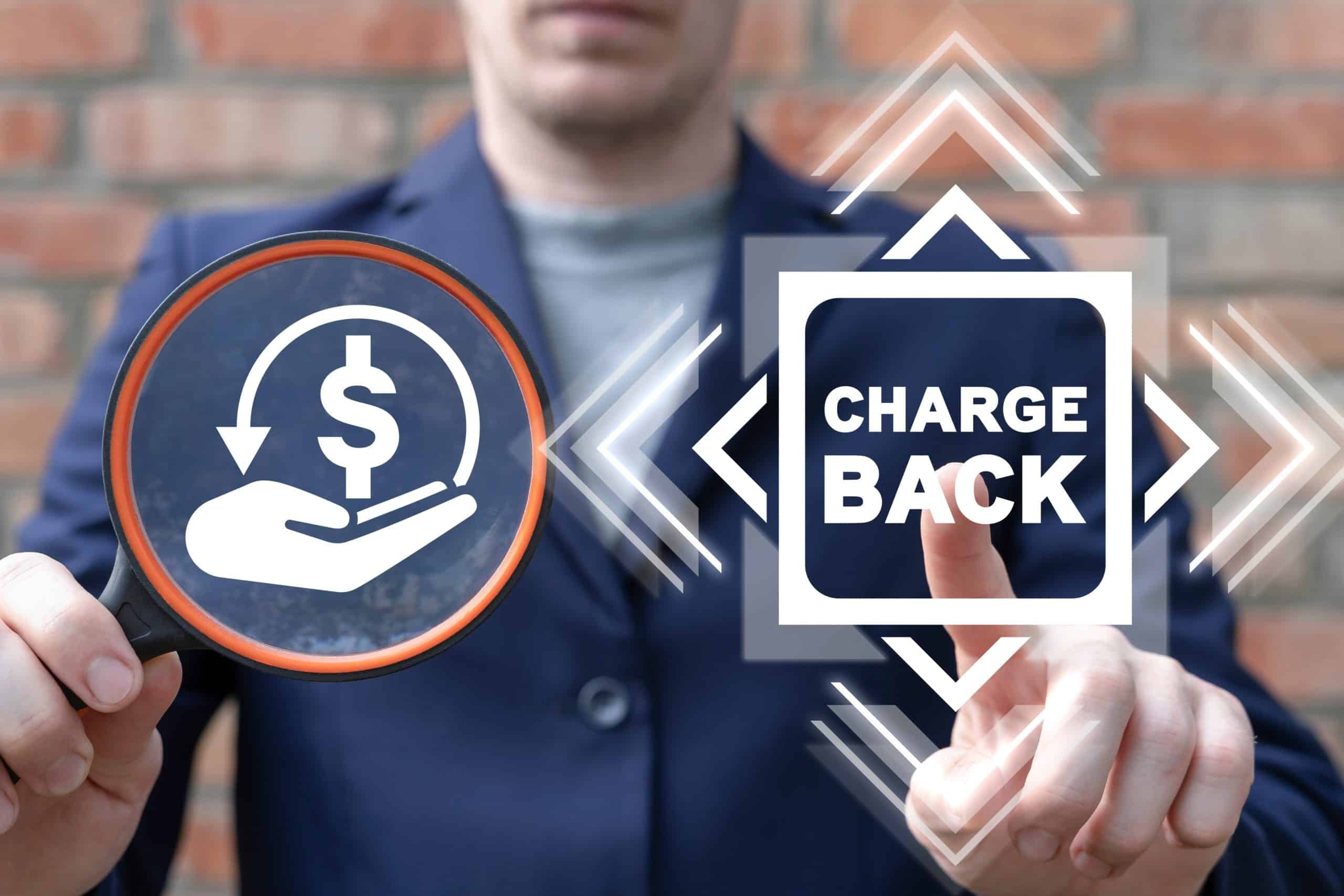Chargebacks are quite a headache for the average small business owner to deal with. Not only are they difficult in processing, but they are also something that ends up costing the company money. No one likes to see the money that they had already earned now taken back via chargebacks. As such, it is nice to know a few things about chargebacks and how they work.
How to Handle Chargebacks
Anyone who uses check guarantee or ACH processing can tell you that from time to time mistakes are made. It is often something along the lines of a customer not receiving the product that they were supposed to receive. In other cases, the customer may have received the product but it was far different from what they expected it would be like. In either case, the customer is not happy with the result, and will often request a chargeback.
Once the chargeback has been received, the company has to either refund the money or start a dispute with the customer. For small purchases, it is usually not worth the trouble to open a dispute file with a customer. It is easier to simply put it in the chargeback category and take a small loss. You may even keep a loyal customer by doing it this way. However, if a customer has a record of requesting chargebacks frequently or if the charge is large, then perhaps opening a dispute is the right route to take.
Doing this will mean that all of the evidence that the customer did in fact receive the product they ordered and it was the product that was displayed to them must be proven. That is why keeping accurate records of this type of information can be so critical. Do not think you can get away without doing this. Some customers will take advantage of chargeback policies if they feel that they can get away with it. That is very costly, and you do not want to deal with that if you can avoid it. Try to avoid it by having a straightforward policy and by keeping good and accurate records.





